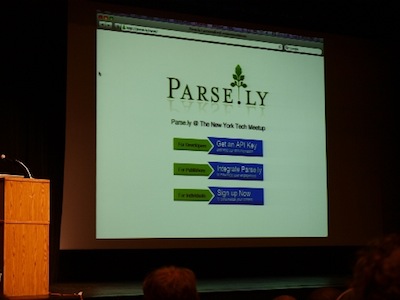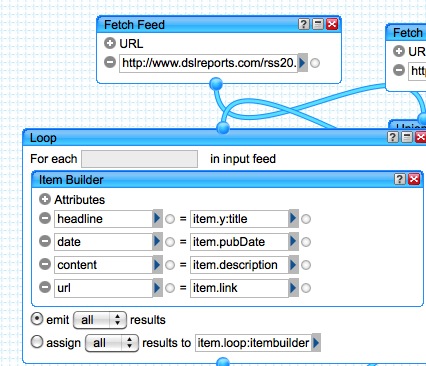An internet pundit wrote a much linked to piece of punditry about how complexity overwhelmed the administrative powers of a few past civilizations, thereby leading to their eventual demise. Last night at a NY Tech Meetup I was feeling incredibly optimistic about the prospects of our own society.
What’s one of the most vexing problem faced by many Manhattanites? Finding a cab would probably come in pretty close to the top—finding a cab in the rain, a little higher.
So I was starry eyed at a demo of a new iPhone app (which has received media attention recently) called CabSense.
Using GPS data collected by the New York City Taxi and Limousine Commission, AI-machine learning researchers were able to discern patterns in what I always thought was a random walk. The result was a mobile app that taps into this dataset and reports back a nearby street corner where you are likeliest to get a cab.
CabsSense (brought to you by start-up Sense Networks) was one of several demos I witnessed last night that in my mind were all connected by a deeper theme.Continue reading



 I’ve been so focused on apps and trends outside of the office space that I thought I’d have a difficult time grokking the keynote speeches at Voicecon 2010.
I’ve been so focused on apps and trends outside of the office space that I thought I’d have a difficult time grokking the keynote speeches at Voicecon 2010. 

 In the National Broadband Plan, there is hardly any mention of a wholesale or “unbundled” model of fiber-to-the-home. That’s unfortunate. There are many examples of successful deployments of fiber in which the physical part is built by the public sector (or through public-private partnerships), with private providers stepping in to resell access for voice, video, and data at the retail level. For a nitty-gritty description of one European city’s experience laying fiber under cobblestones and into canals, you can read about Amsterdam’s CityNet project,
In the National Broadband Plan, there is hardly any mention of a wholesale or “unbundled” model of fiber-to-the-home. That’s unfortunate. There are many examples of successful deployments of fiber in which the physical part is built by the public sector (or through public-private partnerships), with private providers stepping in to resell access for voice, video, and data at the retail level. For a nitty-gritty description of one European city’s experience laying fiber under cobblestones and into canals, you can read about Amsterdam’s CityNet project,  That’s not an Onion headline. But after perusing a few key sections of the officially released
That’s not an Onion headline. But after perusing a few key sections of the officially released